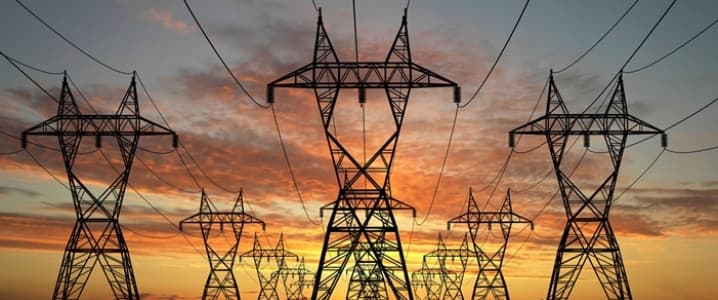Energy investments worldwide fell by 12 percent on the year to just over US$1.7 trillion in 2016, with electricity investment outpacing oil and gas spending for the first time ever, the International Energy Agency (IEA) said in its World Energy Investment 2017 report on Tuesday.
Still, oil and gas accounted for two-fifths of global energy supply investment, despite a 38-percent drop in capital spending in that sector between 2014 and 2016, the IEA noted.
Following a 44-percent plunge in the period 2014-2016, upstream oil and gas investment is set to rebound modestly this year, according to the IEA. Investment in U.S. shale is set to rise by 53 percent and resilient spending in the big producing regions the Middle East and Russia are expected to push upstream investment to increase by 3 percent this year. Rising investments in Mexico after a very successful offshore bid round will also contribute to higher upstream spending, the IEA said.
In terms of upstream capital costs, trends are diverging regionally. Worldwide, costs are dropping this year for a third consecutive year due to deflation in the offshore segment, but at a 3 percent decline it is much slower than the drops seen in 2015 and 2016. In the U.S., however, the “rapid ramp up of U.S. shale activities has triggered an increase of costs of 16 percent in 2017 after having almost halved in 2015-16,” the IEA said.
“The oil and gas industry is undertaking a major transformation in the way it operates, with an increased focus on activities delivering paybacks in a shorter period of time and the sanctioning of simplified and streamlined projects,” according to the international agency.
As far as oil and gas companies’ financial health is concerned, the IEA has estimated that “despite investment cutbacks and better cost discipline, the oil majors increased debt by over $100 billion between late 2014 and early 2017.” Independent U.S. drillers, on the other hand, have improved finances with efficiency gains and greater availability and cost of bond financing after oil prices rallied from the early-2016 lows. Related: Trump’s First Step To Boost Gulf Of Mexico Drilling
Despite projections for a slight increase in investment this year, the IEA reiterated a warning that falling investments point to future energy security risks.
“A drop in upstream oil and gas activity and the recent slowdown in the sanctioning of conventional oil fields to its lowest level in more than 70 years may lead to tighter supply in the near future,” the agency said.
“Given depletion of existing fields, the pace of investment in conventional fields will need to rise to avoid a supply squeeze, even on optimistic assumptions about technology and the impact of climate policies on oil demand. The energy transition has barely begun in several key sectors, such as transport and industry, which will continue to rely heavily on oil, gas and coal for the foreseeable future,” the IEA noted.
By Tsvetana Paraskova for Oilprice.com
ADVERTISEMENT
More Top Reads From Oilprice.com:
- Low Oil Prices Lead To Fastest Mature Fields Decline In 25 Years
- What Oil Bulls Don’t Know About Global Inventories
- Citi: Demand Growth Could Push Oil To $60 By Christmas


















